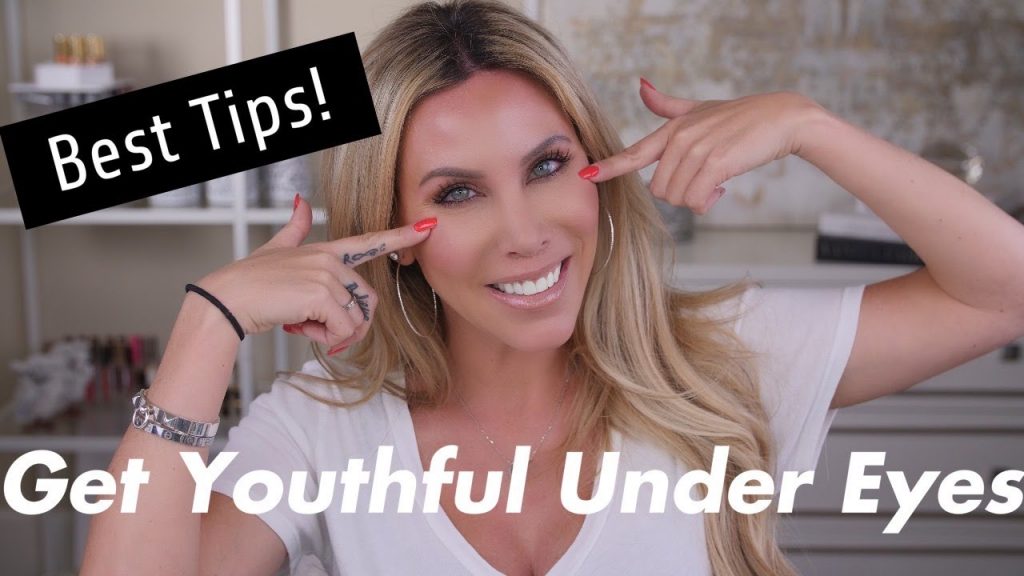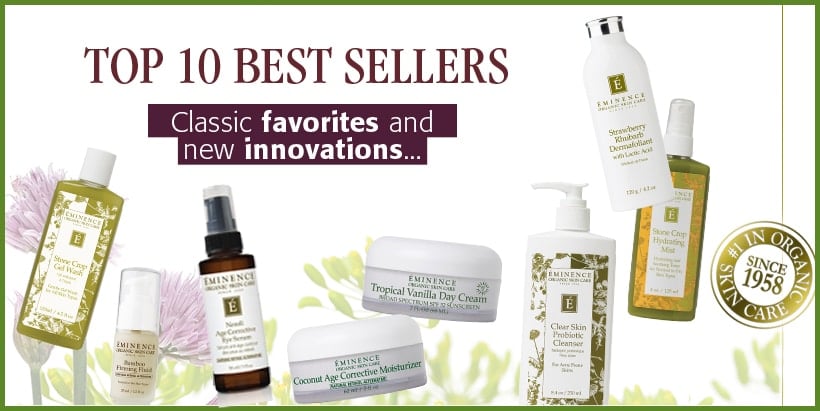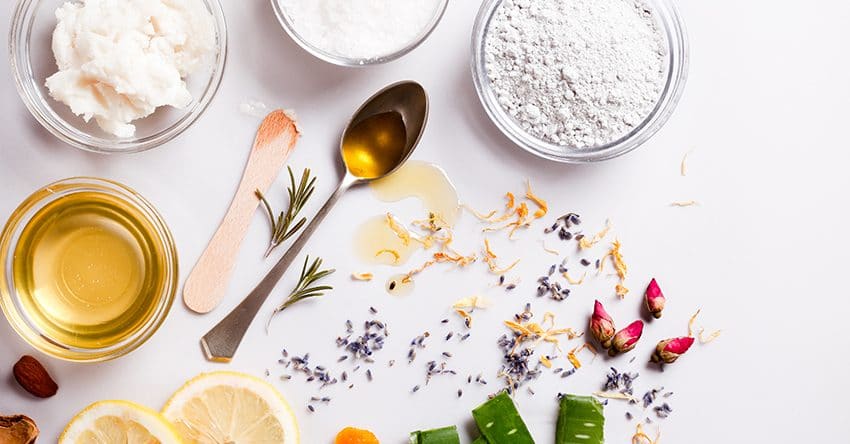Dry eyelid skin is a problem that’s rarely talked about, but can be incredibly frustrating and difficult to deal with. It’s particularly common in the winter when the humidity drops, sucking moisture straight out of the skin. The skin of our eyelids is roughly 40% thinner than the rest of the skin on our faces, so it is even more susceptible to dryness. Dryness under the eyes can cause your skin to lose elasticity and lead to fine lines under the eyes and wrinkles. That leaves us with premature aging and signs of aging eyes.
That is how, wrinkles, fine lines under eyes become more noticeable, and irritation and rashes around the eyelids are more likely, so it can turn into something that can be insufferable. But good news—this is a problem that you can get rid of with eight easy-to-follow tips!
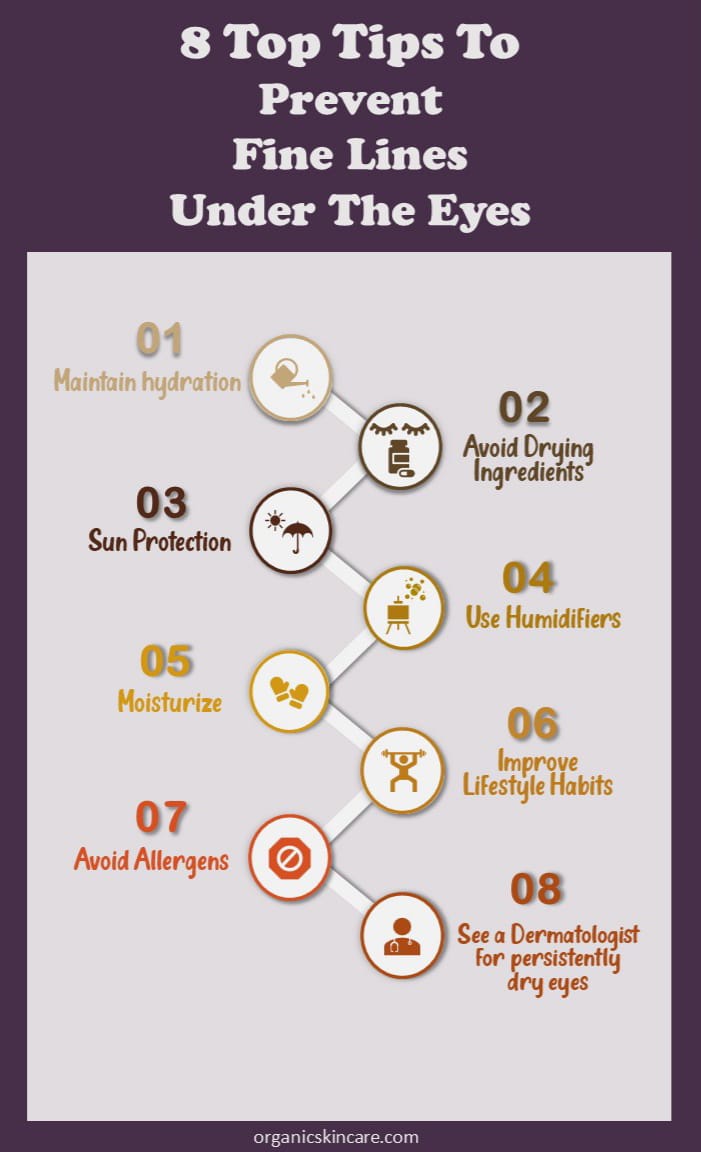
1. Hydration
The most important thing you can do to help your skin in general and, particularly, fine lines under the eyes; make sure you’re hydrated! If you aren’t taking in enough water and you’re dehydrated, the first place it’s going to show up; is in the skin around your eyes.
If you struggle with dry eyelids or fine lines under your eyes, then it could be as simple as making sure you’re drinking plenty of water and including lots of water-rich foods such as fruit and vegetables in your diet.
It’s not just about water, but also making sure that you also have plenty of electrolytes; so that you’re not just flushing your system out.
There’s a handy trick for checking if you’re dehydrated:
Pinch the skin on the back of your hand. If you’re properly hydrated, then your skin will relax back immediately, but if you’re dehydrated, then it will tense and remain that way for a few seconds.
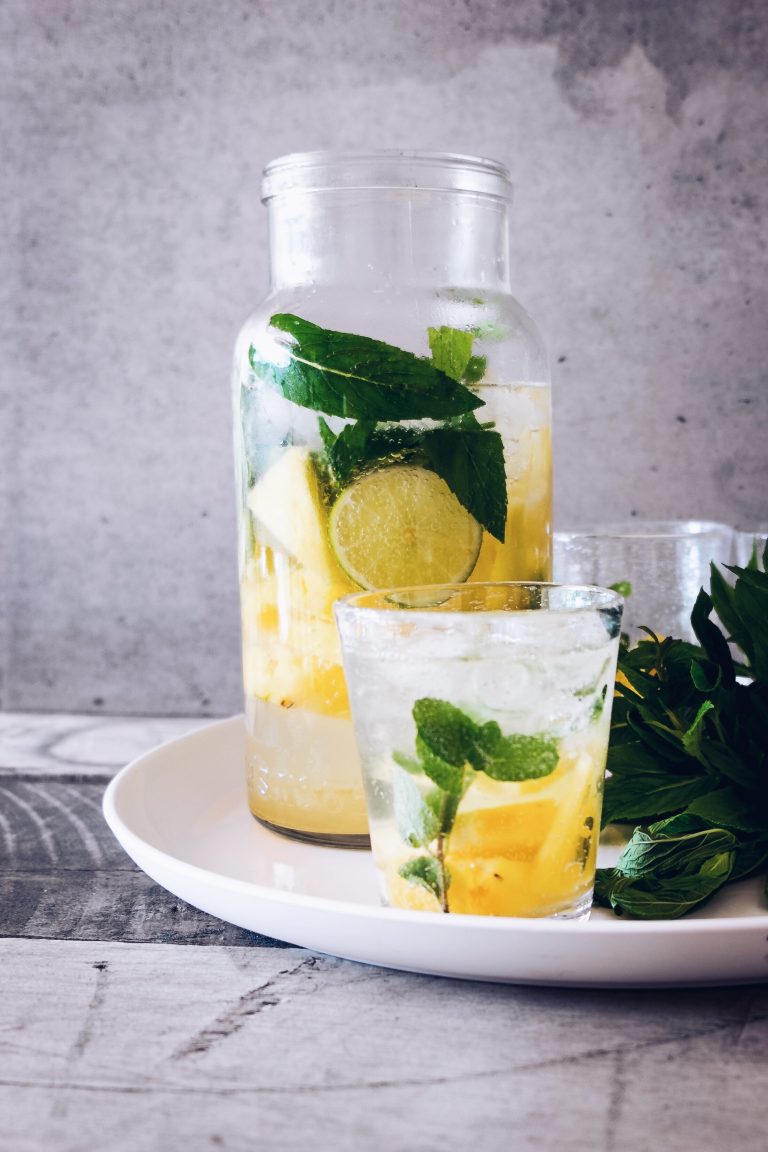
2. Avoid Drying Ingredients
Several ingredients notoriously dry out the skin and can become even more of an issue when used around the eyelids. That includes exfoliants, alpha hydroxy acids, and beta hydroxy acids.
There is absolutely no reason to be using these around the eyelids, especially when you are already dealing with dryness and fine lines under the eyes, as they can only exacerbate it.
Benzoyl peroxide is another ingredient that has a drying effect. While it can have wonderful benefits for inflammatory acne, it is particularly drying and can aggravate the fragile skin around the eyelids so much that you can experience swelling and other uncomfortable side effects.
Retinol is another one that can be difficult; while fantastic for improving the appearance of wrinkles and fine lines under the eyes, many retinol products are simply too strong for the delicate skin around the eyes. If you want to use retinol, then make sure you are using an eye cream with retinol in it around your eyes, rather than a regular retinol product. Eye-specific products will be formulated so that the concentration of retinol is weaker than in other products, making them less drying.
However, sometimes your regular skincare products might migrate to the area around your eyes—and that’s fine, it happens! One way you can prevent this is to use a little petroleum jelly around the eyes to create a barrier, and this will stop products with drying ingredients from affecting the eyelid skin.
3. Sun Protection
Protecting our skin from the sun is super important—and your eyelids are no exception! Sun damages the deeper layers of the skin, impairs the ability of the skin to stay hydrated, and makes you more prone to water loss, dryness, and irritation, not to mention lines under the eyes and skin cancers.
However, regular sunscreens can burn if they get in the eyes, so a mineral sunscreen may be a better option that the delicate skin of your eyelids will likely tolerate better. Wearing a hat and sunglasses will also help!

4. Humidifiers
You may find that having a humidifier in your bedroom is helpful, particularly in the winter or if you live in an especially dry climate. Even a subtle change in humidity levels can help keep your skin hydrated and reduce the loss of water from your skin. It is especially useful at night, as this is when your skin does most of its healing and repair—and as a result, loses more water.
5. Moisturize
It’s a common misconception that you need dedicated eye creams to moisturize your eyelids—however, you really don’t! The one you use on the rest of your face should be just fine, assuming that it doesn’t have any ingredients that might irritate the skin. If you already have a dedicated eye cream that you find beneficial, you don’t have to stop using it! But you also don’t have to rush out and buy a dedicated product. The important thing is that you moisturize to reduce the appearance of lines under your eyes and wrinkles.
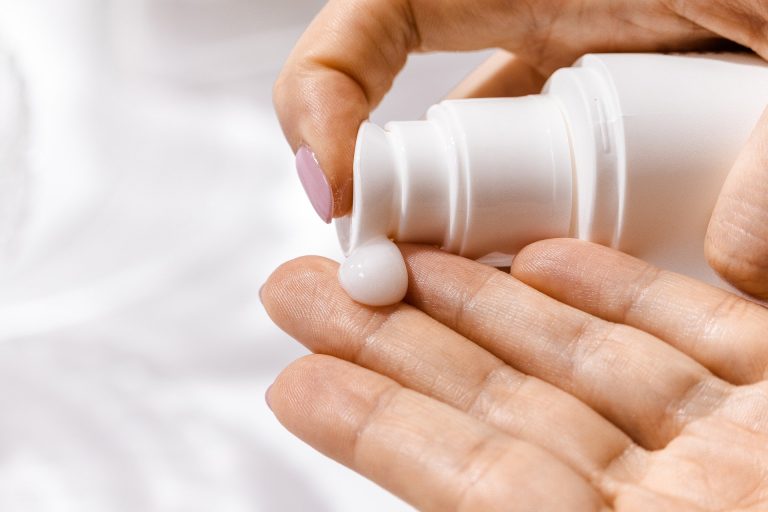
6. Lifestyle Habits
How you live your life can have a huge impact on the appearance and health of your skin. Drink plenty of water, get eight hours of sleep a night, eat healthily, exercise regularly, and watch your alcohol consumption.
We’ve already discussed how your skin repairs itself as you sleep, so you really must make sure that you get enough of it! During the day your skin is exposed to many environmental stressors, such as ultraviolet radiation and pollution that generates free radicals, which can impair moisture retention. Not getting adequate sleep cuts off the repair process prematurely, impairing moisture retention and creating worsening water loss.
Staying hydrated is important, as we’ve already covered, but you don’t need to go overboard or zone in on a specific target. Just make sure that you’re drinking enough. You should also look at your diet critically. Make sure that you’re including plenty of fruits and vegetables, as they are wonderful sources of hydration and antioxidants that can help counteract some of the free radical damage.
Excessive alcohol consumption isn’t good for your health at all, and it will particularly show up around your eyelids. It is a toxin and is very dehydrating because your body has to put in so much work to get it out of your system. Overindulging can make a huge difference and cause lots of damage to your skin, so try to only drink in moderation.
Exercise will not directly help your skin, but it will help reduce inflammation levels and aid stress responses which translates into it indirectly helping your skin better staying hydrated and moisturized, meaning your eyelids will be less dry.
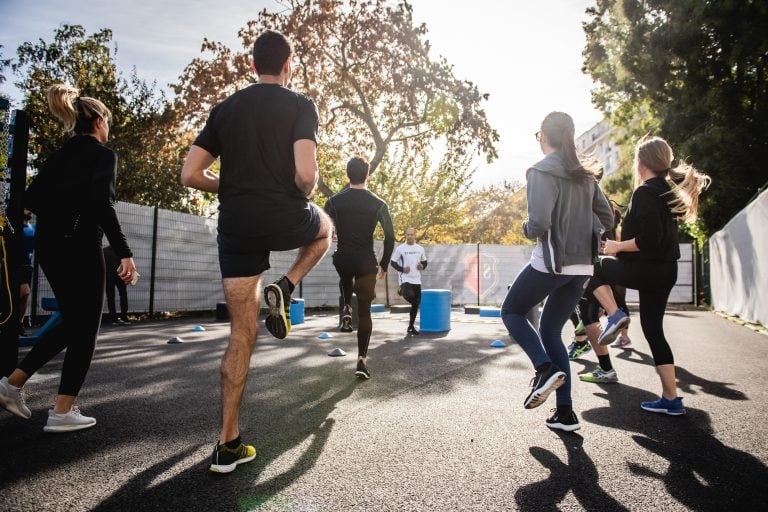
7. Allergies
Allergies can cause your eyes to water, and this, combined with rubbing at them, creates microtears in the skin. These microtears can make the skin dry out as water exits through them, and can also cause dark undereye circles. So, if you have allergies, whether due to pollen, mold, pet dander or dust mites, then treat them! You might need to switch things up in your home, like no longer letting your dog or cat sleep with you, changing how you clean your bed linens to ensure all dust mites are gone, and taking allergy medication regularly. If you have an allergist, check with them to make sure you’re taking the right medication.
8. See a Dermatologist
If you’re dealing with persistent, stubborn dry eyelids, then it’s time to call in the professionals and speak to a dermatologist. You could have an underlying primary skin condition that is causing symptoms of dryness, like eczema or contact dermatitis. You could have developed an allergy to a cosmetic product you use regularly that’s led to dermatitis. Or maybe it’s seborrheic dermatitis, or maybe your rosacea is impacting the health of your eyelid skin.
You could also be having a reaction to a product you use on your hands—while it may not cause issues there, the skin on your eyelids is so much more fragile and prone to bad reactions when you touch your eyes. This can include nail polish and even metal jewelry, in addition to hand creams and soap. Think critically about what could be coming into contact with your eyes to help your dermatologist narrow down what could be causing an issue.
If you start utilizing all—or even just some—of these tips, you’re sure to see some improvement in your dry eyelid skin! That, in turn, helps you get rid of wrinkles and fine lines under the eyes.

